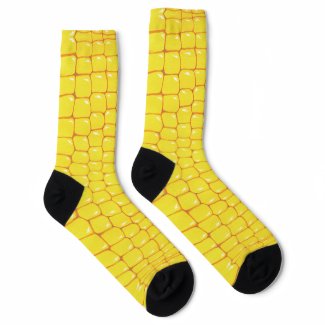Problem 1
Find all triples $(a,b,c)$ of positive integers such that:
$$a + b + c = 24$$
$$ a^2 + b^2 + c^2 = 210 $$
$$ abc = 440 $$
Solution
Answer: All possible permutations of the set $\{5,8,11\}$.
From the equality
$$ (a+b+c)^2 = a^2 + b^2 + c^2 +2 (ab+bc+ca) $$
we get $ab+bc+ca = 183$.
Consider the polynomial $p(x)=(x-a)(x-b)(x-c)$. The roots of $p(x)$ are the numbers $a$, $b$ and $c$. After the expansion we obtain
$$ p(x)=x^3-(a+b+c)x^2+(ab+bc+ca)-abc $$
which implies that
$$ p(x)=x^3-24x^2+183x- 440 = (x – 5) (x – 8) (x – 11) $$
The roots of $p(x)$ are $5$, $8$, $11$ and the triples $(a,b,c)$ are all possible permutations of the set $\{5,8,11\}$.
Problem 2
Suppose $a$ is a nonzero real number, such that $a +\frac{1}{a}$ is an integer.
(a) Prove that $a^2 +\frac{1}{a^2}$ is also an integer.
(b) Prove that $a^n +\frac{1}{a^n}$ is also an integer, for any positive integer value of $n$.
Solution
(a) Since $a +\frac{1}{a}$ is an integer, then so is its square $\left( a +\frac{1}{a} \right)^2$. After the expansion we obtain
$$ \left( a +\frac{1}{a} \right)^2 = a^2 +\frac{1}{a^2} + 2$$
which implies that $a^2 +\frac{1}{a^2}$ is an integer.
(b) We will prove by induction the statement that $a^n +\frac{1}{a^n}$ is an integer for any positive integer value of $n$.
Basis of Induction: the statement is true for $n=1$ and $n=2$.
The case of $n=1$ is a hypothesis of the problem and the case of $n=2$ is proven in part (a).
Inductive Step: if the statement is true for all $n \leq k$, then it is also true for $n=k+1$.
Let us consider the expression
$$ \left( a^k +\frac{1}{a^k} \right) \left( a +\frac{1}{a} \right) = a^{k+1} +\frac{1}{a^{k+1}} + a^{k-1} +\frac{1}{a^{k-1}} $$
Since $a +\frac{1}{a}$, $a^k +\frac{1}{a^k}$ and $ a^{k-1} +\frac{1}{a^{k-1}}$ are integers, then $a^{k+1} +\frac{1}{a^{k+1}}$ is also an integer.
Problem 3
Points $A$, $C$, $E$ lie on the same line in this order. The triangles $ABC$ and $CDE$ are isosceles right triangles. Segments $AD$ and $BC$ intersect each other at $P$ and segments $CD$ and $BE$ intersect each other at $Q$.
(a) Prove that segment $PQ$ is parallel to segment $AE$.
(b) If $BP = 4$ and $DQ = 9$, find the measure of segment $BD$.
Solution
(a) Let $PC=x$, $QC=y$, $AB=BC=a$, $CD=DE=b$. From here $AC=a \sqrt{2}$ and $CE=c \sqrt{2}$.
From the similarity of the triangles $APC$ and $ADE$ we have:
$$ \frac{PC}{DE} = \frac{AC}{AE} $$
or equivalently $x=\frac{ab}{a+b}$.
From the similarity of the triangles $EQC$ and $EBA$ we have:
$$ \frac{QC}{AB} = \frac{CE}{EA} $$
or equivalently $y=\frac{ab}{a+b}$.
Therefore, $x=y$ and $PQ \parallel AE$.
(b) Answer: $5 \sqrt{13}$.
Let $AB$ and $DE$ intersect at $X$. Then $BCDX$ is a rectangle with the sides $BC=XD=4+x$ and $CD=BX=9+x$.
From the similarity of the triangles $ABP$ and $AXD$ we have:
$$ \frac{BP}{XD} = \frac{AB}{AX} $$
or equivalently
$$ \frac{4}{4+x} = \frac{a}{a+b} $$
From the similarity of the triangles $EDQ$ and $EXB$ we have:
$$ \frac{DQ}{XB} = \frac{DE}{EX} $$
or equivalently
$$ \frac{9}{9+x} = \frac{b}{a+b} $$
By adding these equalities we have
$$ \frac{4}{4+x} + \frac{9}{9+x} = \frac{a}{a+b} + \frac{b}{a+b} = 1 $$
from where $x=6$.
Therefore, $BC=10$, $CD=15$ and from the Pythagorean Theorem for the triangle $BCD$: $BD=5 \sqrt{13}$.



